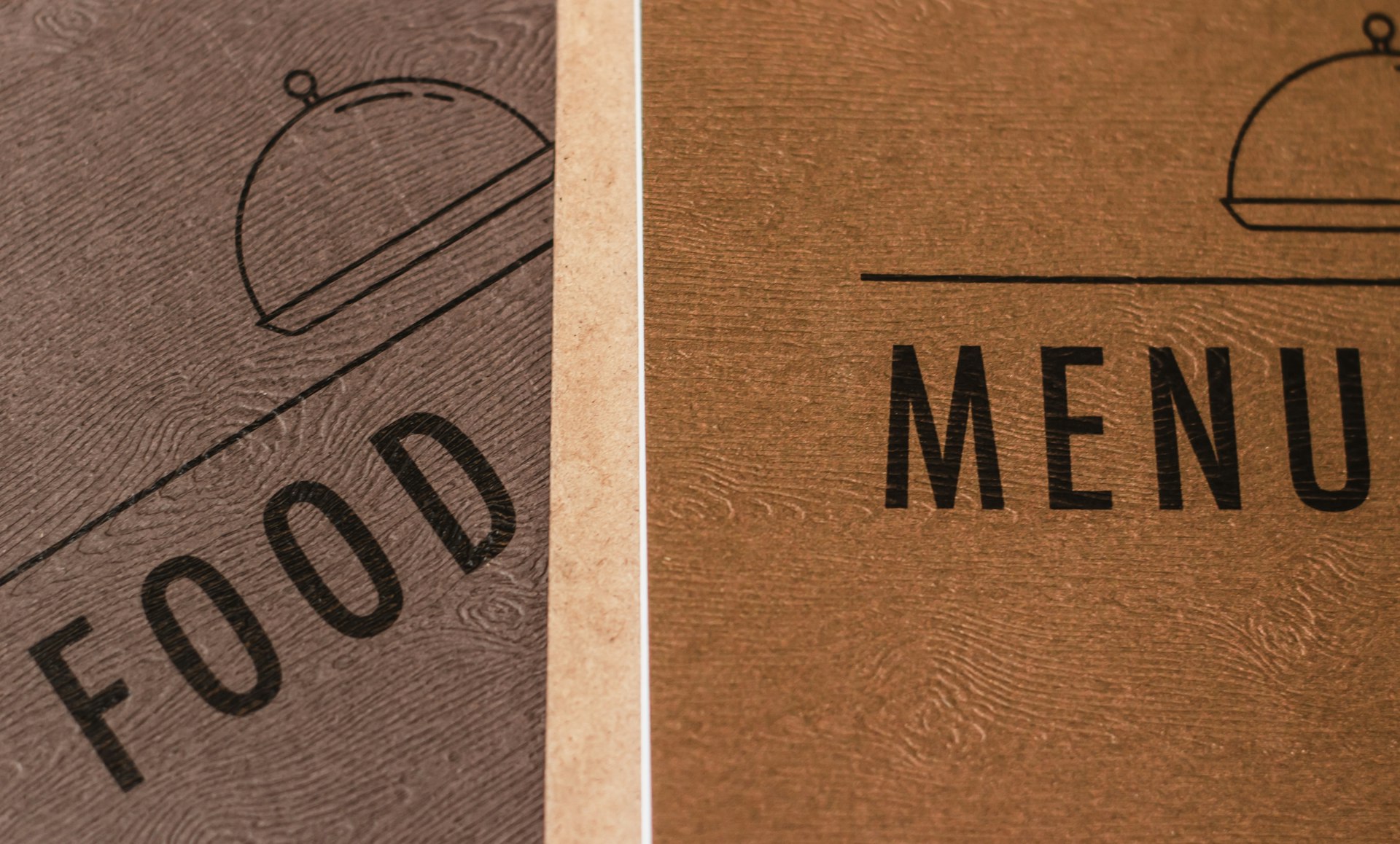Transform Your Muscle Tone with High-Protein Plant-Based Meals: Practical Strategies and Satisfying Recipes

Photo by nrd on Unsplash
Introduction: The Power of Plant-Based Protein for Muscle Tone
Achieving a toned physique isn’t limited to traditional animal-based diets. Many athletes, fitness enthusiasts, and everyday individuals are discovering that high-protein plant-based meals can provide the fuel necessary for effective muscle building and recovery. By strategically incorporating a variety of plant foods, you can meet your protein needs, support muscle repair, and optimize your body composition-all while enjoying the health and environmental benefits of plant-based eating. [1]
Understanding Plant-Based Protein: Key Principles for Muscle Growth
Building muscle requires consistent intake of adequate protein, sufficient calories, and essential nutrients. Unlike animal proteins, most plant sources are not complete proteins; this means they may lack one or more essential amino acids. However, by combining a range of protein-rich foods-such as legumes, soy products, whole grains, nuts, and seeds-you can easily cover all amino acid requirements over the course of your day. [5]
Some of the most effective high-protein plant foods for muscle tone include:
- Legumes: Lentils, chickpeas, black beans, kidney beans, and peas
- Soy Products: Tofu, tempeh, edamame, soy milk
- Whole Grains: Quinoa, buckwheat, farro, wild rice, oats
- Seitan: Made from wheat gluten, high in protein
- Nuts & Seeds: Pumpkin seeds, chia, hemp, almonds, peanuts
- Plant-Based Protein Powders: Pea, hemp, and rice protein
For best results, combine different sources throughout your meals. For example, pairing beans with rice provides all essential amino acids. [1]
Sample High-Protein Plant-Based Meals for Muscle Tone
There’s no shortage of delicious, protein-rich recipes to help you reach your muscle-building goals. Below are several meal ideas, each offering a robust protein profile and balanced nutrition:
- One-Pot Hamburger Helper (Vegan): This comforting, savory dish offers about 24 grams of protein per serving. Use lentil or chickpea-based pasta for even higher protein content. The combination of textured vegetable protein or lentils with high-protein pasta and vegetables makes this meal both satisfying and effective for muscle repair. [4]
- Bananas and Cream Oatmeal: A breakfast classic upgraded with protein-rich soy or pea protein powder, nut butter, and seeds, delivering approximately 26 grams of protein per serving. [4]
- Vermicelli Noodle Bowl: Packed with tofu, edamame, and a variety of vegetables, this vibrant bowl supplies up to 35 grams of plant-based protein per serving, making it ideal for post-workout recovery. [4]
- Tempeh Garlic Ginger Soy Bowl: Tempeh, a fermented soy product, is one of the densest plant-based protein sources. Paired with vegetables and a zesty sauce, this bowl delivers roughly 27 grams of protein per serving. [5]
- Vegan Southwest Stuffed Sweet Potato: By filling roasted sweet potatoes with black beans, plant-based meat alternatives, and vegetables, you can create a meal with up to 26 grams of protein per serving. [5]
For more recipe inspiration, you can search for ‘high-protein vegan meal plan’ or ‘vegan bodybuilding recipes’ on reputable nutrition and wellness platforms.
Step-By-Step Guidance: Building Your Own High-Protein Plant-Based Meal Plan
Transitioning to or optimizing a plant-based diet for muscle tone involves careful meal planning and consistency. Here’s a structured approach:
- Determine Your Protein Needs: For muscle growth, research suggests aiming for 1.2-2.0 grams of protein per kilogram of body weight per day. Adjust based on your activity level and goals. [1]
- Plan Each Meal Around a Protein Source: Start with a main protein (tofu, beans, tempeh, seitan) and build around it with whole grains and vegetables.
- Incorporate Variety: Rotate protein sources and grains to ensure a complete amino acid profile and avoid dietary monotony. [5]
- Include Snacks: Snack on roasted chickpeas, trail mix with nuts and seeds, or plant-based protein bars to meet daily protein targets.
- Utilize Convenient Options: For busy days, consider vegan protein shakes or ready-made plant-based meals from reputable brands.
To create a customized plan, you may consult a registered dietitian specializing in plant-based nutrition. Many nutritionists offer virtual consultations; you can find qualified professionals through major health networks or by searching ‘plant-based dietitian near me’ on search engines.
Practical Applications: Overcoming Challenges and Optimizing Results
Some individuals find it challenging to meet protein needs on a plant-based diet due to misconceptions or limited food variety. Common hurdles include:
- Limited Meal Ideas: Solution: Explore online resources, cookbooks, and food blogs focusing on high-protein plant-based recipes.
- Concerns About Complete Proteins: Solution: Combine different plant proteins (e.g., rice and beans) throughout the day. [3]
- Time Constraints: Solution: Batch cook, utilize one-pot meals, and keep convenient protein-rich foods on hand (e.g., canned beans, tofu, tempeh).
- Digestive Issues: Solution: Gradually increase fiber intake, soak beans/lentils, and consider fermented foods like tempeh or miso.
Real-world success stories often highlight that with persistence and experimentation, individuals can achieve impressive muscle tone and strength gains on plant-based diets. For example, several vegan athletes have publicly documented their muscle-building journeys using a combination of the recipes and strategies outlined above. [2]
Alternatives and Flexibility: Adapting Meal Plans to Your Lifestyle
High-protein plant-based eating is not a one-size-fits-all approach. You can adjust meal frequency, calorie intake, and protein sources to fit your unique preferences and schedule. Some people thrive on three large meals per day, while others prefer multiple smaller meals and snacks. Experiment to discover what works best for your energy levels and satiety.
If you have specific dietary restrictions, such as gluten intolerance, opt for gluten-free grains like quinoa, buckwheat, or certified gluten-free oats. If soy is an issue, focus on lentils, chickpeas, nuts, seeds, and pea protein products.
For additional flexibility, many plant-based meal delivery services now offer high-protein options. To find one, search for ‘high-protein vegan meal delivery’ and review offerings from established companies. When uncertain about a company’s reputation, check for customer reviews and third-party certifications.
How to Access More Resources and Personalized Support
If you’re seeking tailored advice or want to learn more about optimizing a high-protein plant-based diet for muscle tone:
- Search for registered dietitians with expertise in plant-based nutrition. Use search terms like ‘plant-based sports dietitian’ or ‘vegan sports nutritionist’.
- Consult official resources from reputable health organizations for up-to-date dietary recommendations.
- Join online communities focused on plant-based fitness for peer support, recipe sharing, and motivation.
Remember, you can always consult your primary healthcare provider before making major dietary changes, especially if you have underlying health conditions or specific athletic goals.

Photo by Valeriy Evtushenko on Unsplash
Summary: Key Takeaways for Success
Building and maintaining muscle tone on a plant-based diet is entirely achievable with thoughtful planning and a willingness to explore new foods. Focus on variety, meal balance, and consistent protein intake, and don’t hesitate to seek professional guidance to fine-tune your approach. With the right strategy, plant-based meals can power your fitness journey to new heights.
References
- [1] Nourish (2024). 7-Day High Protein Vegan Meal Plan For Muscle Building.
- [2] The Game Changers (2020). Gaining Muscle & Strength on a Plant-Based Diet.
- [3] Plant Based Dietitian (2024). Vegan Gains: Bodybuilding with High Protein Vegan Meal.
- [4] Mississippi Vegan (2025). High Protein Vegan Meals.
- [5] Trifecta Nutrition (n.d.). 15 High Protein Vegan Recipes to Make This Week.



